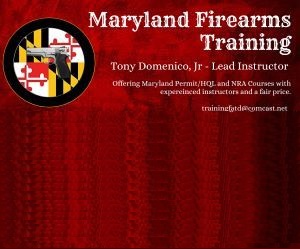- Feb 4, 2013
- 28,175
To benchmark you rifle and you, get some Federal Gold Medal Match and go shoot.
If the combo of you and your rifle does not shoot FGMM well, then fix them.
It also gives you a benchmark for your own reloads.
If the combo of you and your rifle does not shoot FGMM well, then fix them.
It also gives you a benchmark for your own reloads.


